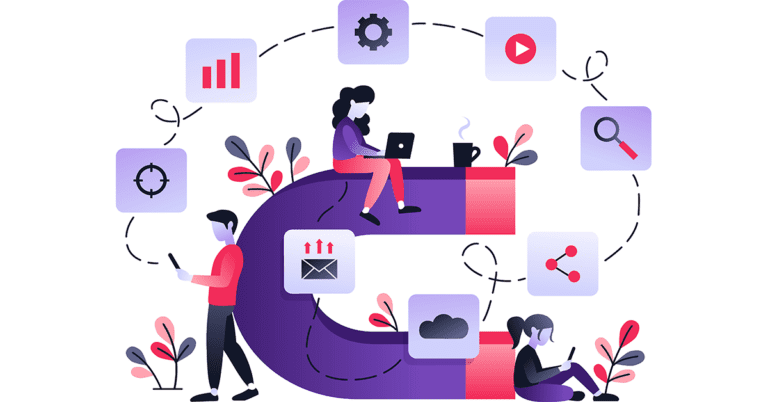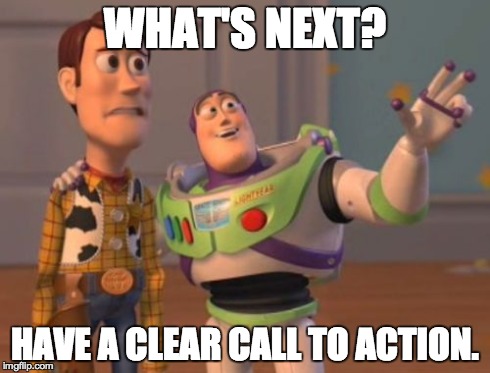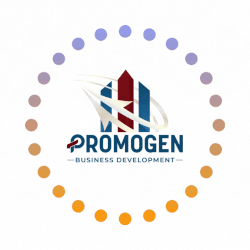
A Simple Guide to a Successful Inbound Strategy
Inbound strategy is a marketing technique that focuses on drawing customers in by creating helpful content and attracting them through organic search engine optimization techniques.
It is all about providing customers with the information 'when they need it', which makes them more likely to do business with you.
There are many components of an effective inbound strategy, but here are some of the main principles.
Inbound Marketing
Inbound marketing is only effective if your content is engaging for audiences, and that requires a targeted strategy tailored to those audiences.
The best way to do this is through effective market research.

You can't make a customer-focused content plan without understanding what people are looking for in your product or service, what keywords are they searching for online, and who exactly can you expect to find your site or products compelling.
Market research identifies the right customers and helps you tailor your information accordingly, thus making it more likely that they will respond favorably.
Depending on the type of business you have, you may also want to integrate other tools such as email or chatbots for customer service purposes.
All these elements work together so that when people are searching for information online; they will find your company's products and services and self-qualify themselves as potential customers.
By proactively offering help through your content, you can become their trusted partner and move them further down the path towards making a final purchase decision and becoming a loyal customer.
How Does Inbound Marketing Work?
The best way to get started with inbound marketing is through your WEBSITE.
This is where the majority of site visitors are going to begin their journey. If you already have a site, start by looking at the content that's already there and analyzing where it needs improvement.

In general, most sites lack a compelling 'call to action' – something customers tend to look for after they have become engaged with helpful content on a landing page or blog post.
A well-developed strategy will include calls to action asking customers to sign up for a newsletter or provide their email address so you can continue offering help and information that may ultimately lead them towards making a purchase decision – oftentimes long before they're even aware of it.
The bottom line is that a successful inbound strategy requires significant effort upfront, and if done correctly, it can provide a steady flow of quality leads and customers for years to come.
A Simple Guide to a Successful Inbound Strategy
Step 1: Get Your Inbound Marketing Basics Right
In order to have a successful inbound marketing strategy, you need a good foundation. Start with your website and blog - these should be business-central hubs that attract customers through their informational, educational, and entertaining content.
Step 2: Get Found Online
Once you've got your hubs set up, you need to make sure people can find them. Send out a press release to your local media outlets, keep an eye on what's trending online and join conversations where you think your audience will be present.
Step 3: Track Your Progress

In order to have a successful inbound marketing strategy, you need to track the results of your efforts.
These come in a few forms:
Firstly, measure your bounce rate percentage - this tells you how many visitors are leaving without exploring other pages on your site.
Secondly, integrate Google Analytics with all of your hubs so that you can see exactly how much traffic is being driven from which sources and at what time of day.
Finally, watch out for social shares as this shows which content is resonating most with readers.
Step 4: Optimize Your Strategy
Furthermore, optimize your inbound strategy to make sure that it's working as effectively as possible.
An inbound marketing campaign should always have a strong online marketing component that uses SEO to increase website traffic and content marketing to engage site visitors. Both of these components should be backed up with a well-developed social media plan, including strategic use of Facebook/ Youtube/ Instagram ads.
Use tools like SE Ranking and Moz Open Site Explorer to see how well you're optimizing each hub for SEO purposes.
Then move on to Lead Generation - if you aren't getting any inquiries or phone calls via your website, take a look at the effectiveness of your call-to-action (CTA) buttons, forms, etc.
The more personalized, contextualized, and educational these are, the better chance you have of getting people through them.
Step 5: Social Media Integration
Another key element of an effective inbound strategy is integrating social media into your marketing mix.
By sharing your content on social media networks like Facebook, Instagram, Twitter, and LinkedIn, you can reach even more potential customers and drive traffic back to your site.
You can also use social media to connect with customers and answer their questions, creating a more personalized experience that can help turn them into loyal fans and advocates.
Step 6: Get More Customers
The final step in your inbound marketing strategy is to get more customers.
Make sure that you're continuing to grow and expanding your outreach, which can mean updating content on existing hubs, adding new ones (and making sure they're optimized), or reaching out via social media.
You could even set up an email drip campaign to nurture leads until they are ready to buy - this will help reduce the bounce rate of these visitors.
To Sum Up
Make sure you keep developing and refining your approach so that it's always fresh, engaging, and relevant for potential customers.
Keep track of improvements as well as downfalls - every successful company will tell you how vital this data is for forming future strategies.
Now that you have a step-by-step guide to a successful inbound marketing strategy, start experimenting and begin the process of finding the right mix for your business.
You'll soon be enjoying more customer engagement and higher conversions!
